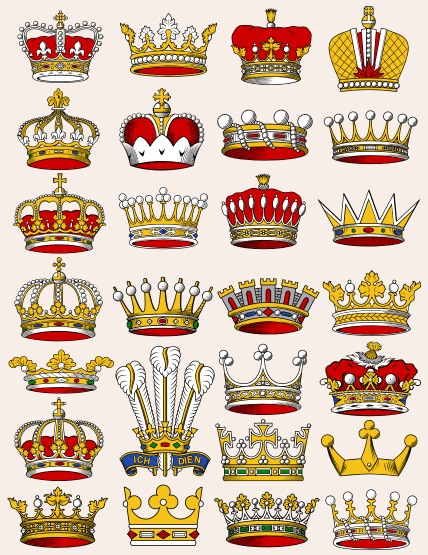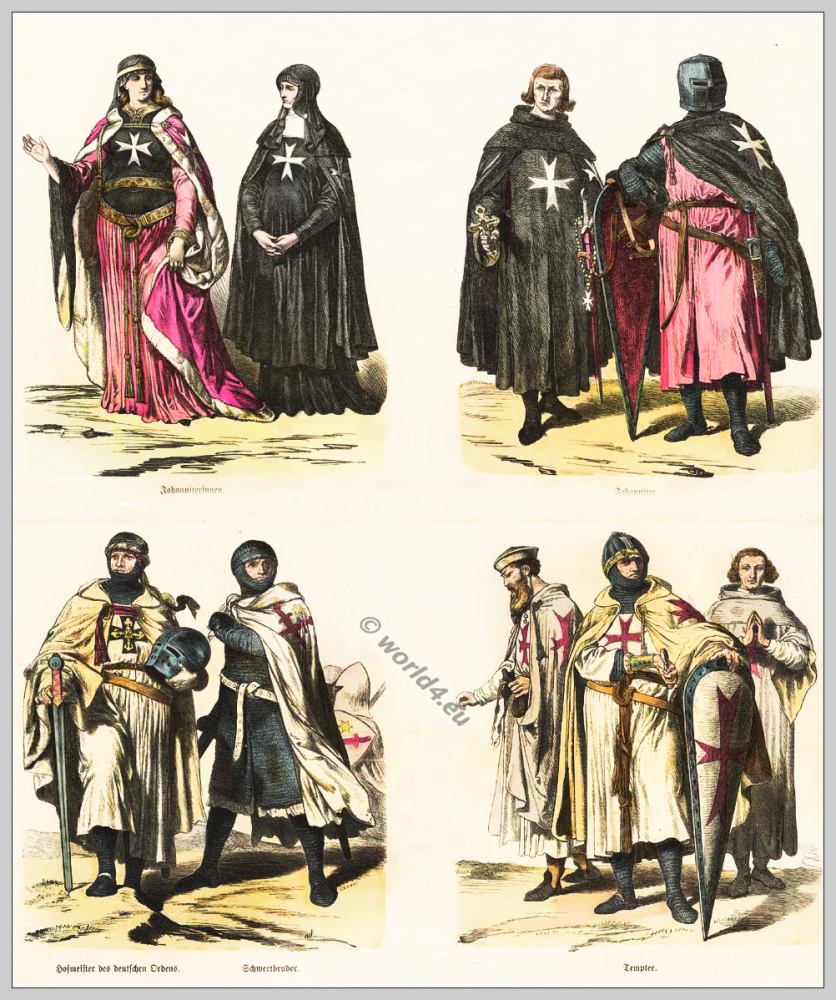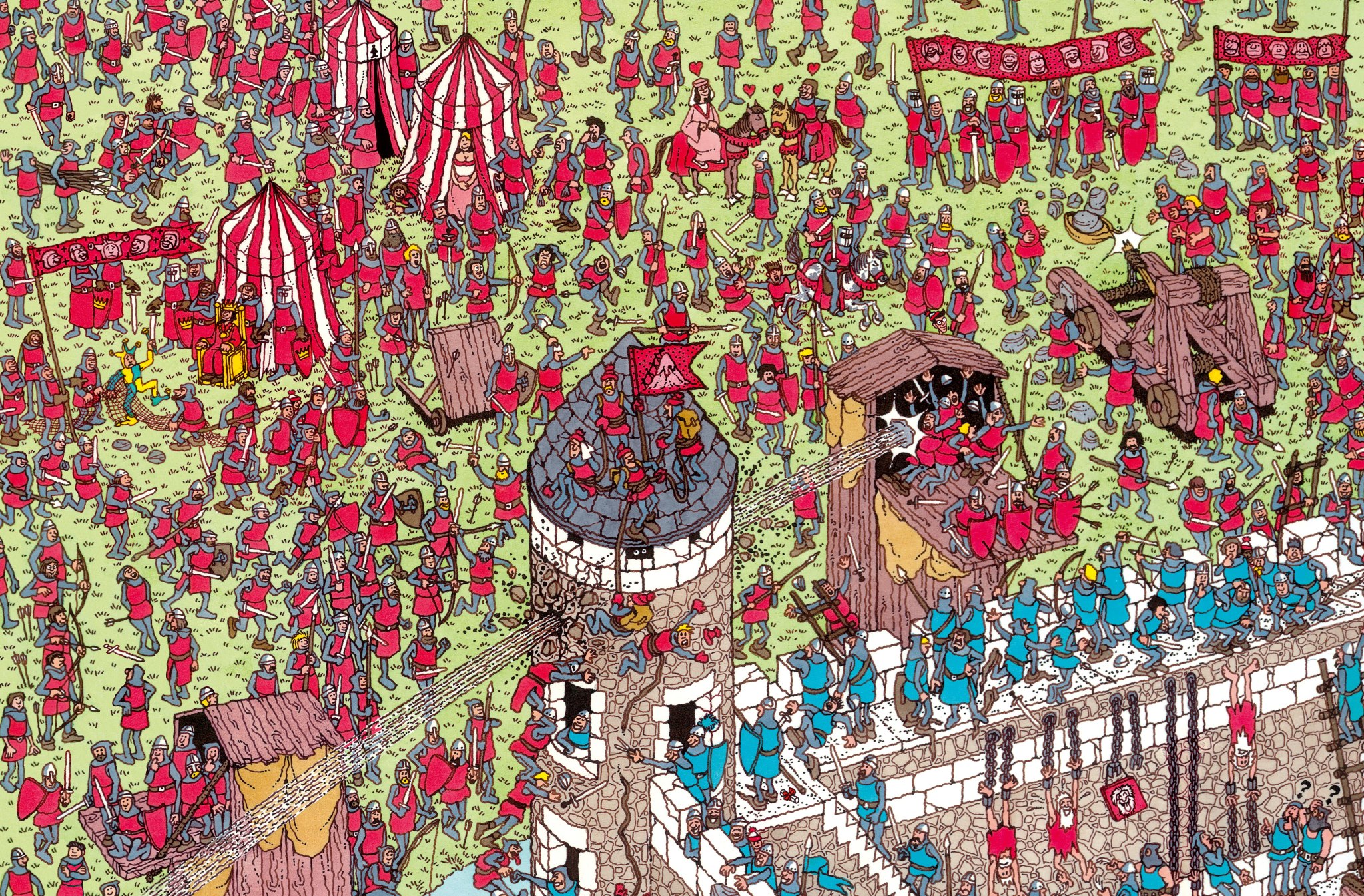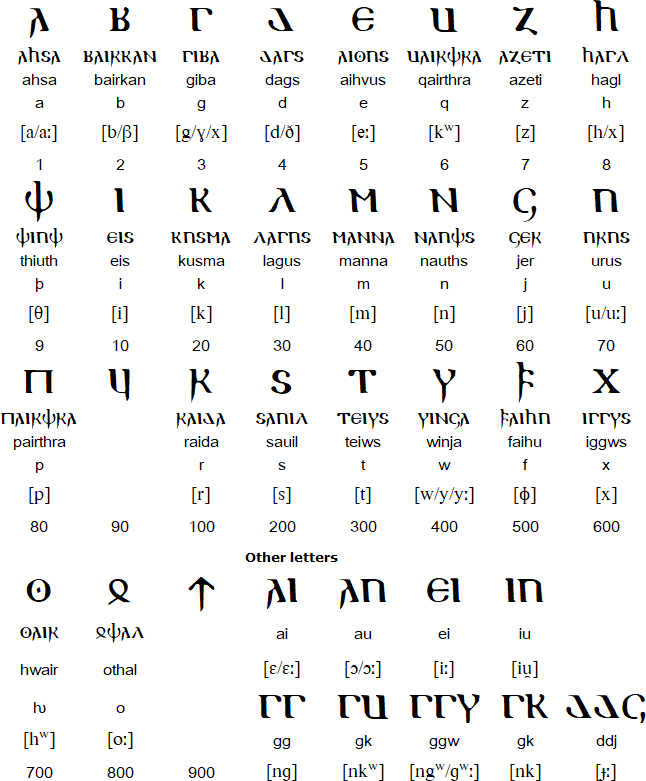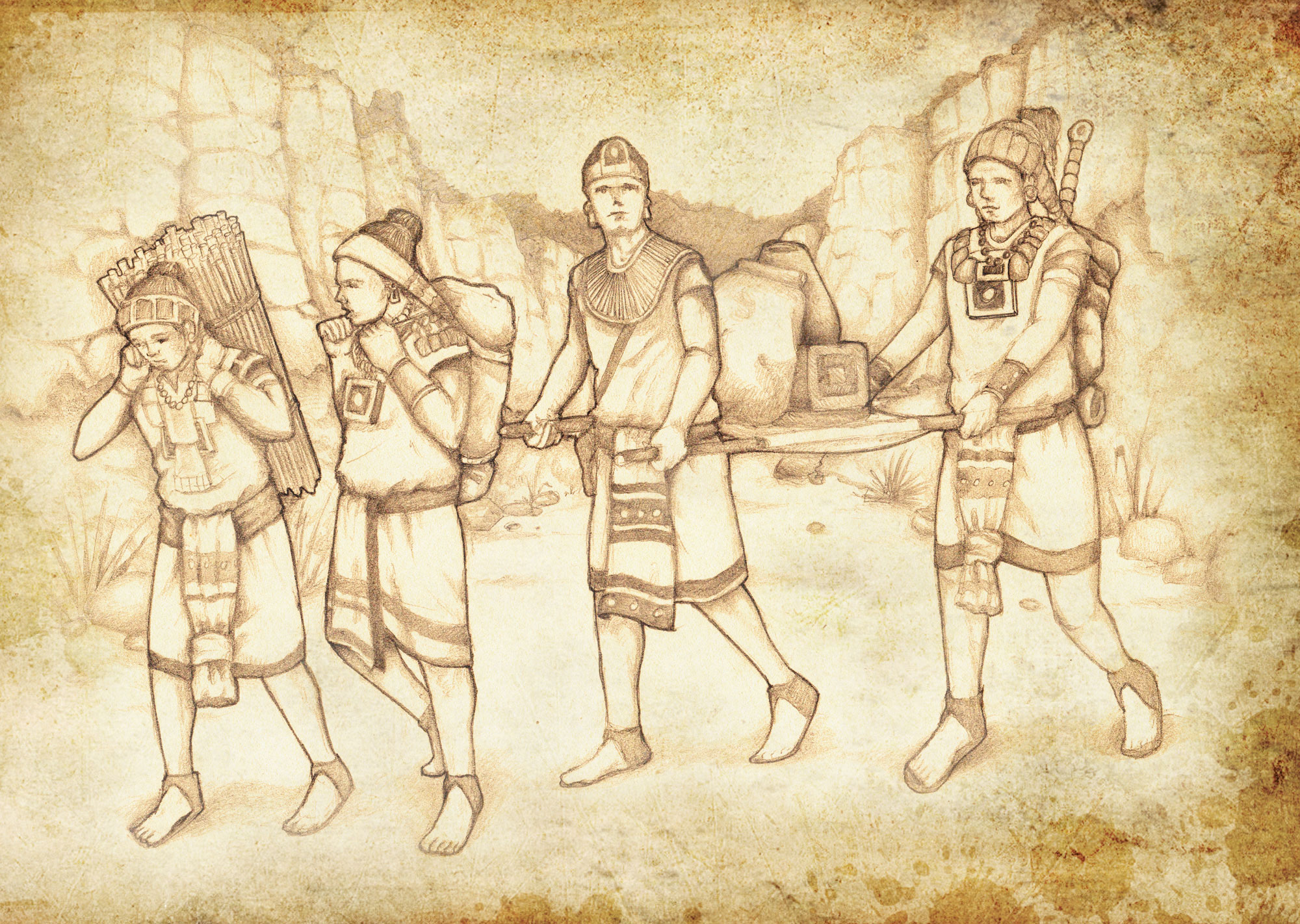Fully sympathizing with the frustration expressed by
The Grey Elf on RPG.net some time ago, I feel it necessary to delineate, according to my understanding (which differs slightly from The Grey Elf's), the various versions and acronyms of "the world's most popular role-playing game." These are the terms as I use them, and will be using them on this blog.
OD&D, wherein the O stands for "original"
not "old," was the beginning. Published in 1974, this was something of a rules expansion for the Chainmail game. Because of the packaging of some printings, this is also known as the
White Box rules. Backtracking from recent nomenclature, this could be considered
0-edition. A retro-clone similar to these rules is
Swords & Wizardry.
Holmes (after its editor) was the first attempt at creating "basic set" rules for the game, covering rules for levels 1st - 3rd. Published in 1977, this was meant to be a compilation of the rules in a straight-forward format incorporating some of the new rules being prepared for the Advanced game (see below). After completing 3rd level, players were directed to the forthcoming edition. This could be considered
0.5 in recent nomenclature.
AD&D[1e] was both a compilation and expansion of the original rules also published in 1977. Commonly called
First Edition (or
1.0 in recent nomenclature). A retro-clone similar to these rules is
OSRIC (Old School Reference and Index Compilation).
B/X or
Moldvay/Cook[/Marsh] (after its editors) was a revision of the Basic (B) rules and its expansion into an Expert (X) rules set published in 1981. With this revision, the Basic rules were presented as a game separate from the "Original" and Advanced games; this and following revisions in the same line are therefore identified as
BD&D (while the Holmes Basic Set can still be considered part of OD&D). A Companion rules set was promised to follow, possibly completing the rules (see below). For the sake of assigning it a designation in recent nomenclature, let's call this one
B.0. Retro-clones similar to these rules are the
Basic Fantasy RPG and
Labyrinth Lord; a retro-clone expansion of these rules is the
B/X Companion.
Labyrinth Lord includes independent expansion rules that mimic OD&D (
Original Edition Characters) and AD&D1e (
Advanced Edition Companion).
BECMI or
Mentzer (after its primary editor) was published from 1983 to 1985. Instead of simply producing a Companion rules set for B/X (above), the Basic (B) and Expert (E) sets were revised, and the Companion (C) set was followed by Master (M) and Immortals (I) rules sets. References in B/X concerning the Companion set were not met, and the game was revised for a younger audience. The revised Basic set came in an iconic box that has led to this version to also be called the
Red Box rules. Because of the revision of the presentation, and the CMI expansions altering play at the BE levels, BECMI could also be identified as
B.5 in recent nomenclature.
AD&D2e was a major revision of the AD&D rules and first published in 1989. It is commonly known as
Second Edition (and can be called 2.0 in recent nomenclature. A revision to this rules set appeared in 1996, which expressly stated that the revised rules
were not a "third edition" of the game. This sub-revision, which incorporated the
Player's Option and
DM Option series and espoused psionic revisions from the
Dark Sun campaign setting, could be identified as
2.5 in recent nomenclature. See
HackMaster (below).
RC or
Classic was the last revision of the BD&D rules (see above), published in 1991. It consisted of a single rule book (the 'Cyclopedia) which compiled the BECM portions of BECMI (the Immortals rules were later revised in a box set) with optional rules introduced in the
Gazeteer series. The starter set of this game bore the title "The Classic Dungeons and Dragons Game," and covered levels 1st - 5th. Please not, however, that the proper form is
Classic D&D, never "CD&D." The revisions between BECMI and RC are minor, and this "edition" could be called
B.75 in recent nomenclature.
A retro-clone similar to these rules is
Dark Dungeons.
Dark Dungeons is also revised and expanded in two, independent rules sets: and
Darker Dungeons and
Darkest Dungeons.
Third Edition was published in 2000. It replaced both the Advanced and Basic versions of the game, but draws its identification directly from the Advanced rules--being the third edition that the revised second edition was not, but dropping "Advanced" from the title. Third edition was resealeased alongside the Open Gaming License (OGL) and a stripped-down System Reference Document (SRD), meant to encourage third-party publishers to produce source material for the game. After the publication of 3.5 (see below), this edition became known as
3.0; this and following revisions of the same rule set are commonly called
3.x.
HackMaster (humorously subtitled "Fourth Edition") was originally a spoof of this gaming franchise as seen in the
Knights of the Dinner Table comic. In 2001, its writers recieved permission to revise and expand the AD&D2e rules. It is similar to a "retro-clone," but produced in cooperation with the publishers of Third Edition.
3.5, identified as such on the covers of its core rulebooks, was a revision of the Third Edition rules in 2003. This included a revision to the SRD, but not the the OGL.
Fourth Edition was published in 2008, and is the current version of the game today. It is accompanied by a Game System License (GSL) that is more restrictive than its predecessor (the OGL, see above). This edition is commonly known as
4.0.
In 2010, the
Essentials product line was introduced, incorporating errata and minor revisions from the game''s first two years--these are merely supplemental books, and are not intended to replace the fourth edition core rulebooks. Since the Essentials series does present character classes differently, it could be considered
4.25 in recent nomenclature.
The
Pathfinder Roleplaying Game was first published in 2009 as a reaction to Fourth Edition. Pathfinder is published as a revision to the 3.5 rules under the OGL--published by the company that temporarily produced
the
Dungeon and
Dragon magazines. This "version" of the game perpetuates the OGL, but replaced the SRD with its own PRD ("Pathfinder Reference Document").
HackMaster Basic or
Fifth Edition was also published in 2009 as a revision of the AD&D2e-based HackMaster rules, incorporating necessary changes since the expiration of the publsher's license.
D&D Next was a playtest that lasted from May 2012 - December 2013. It was a open playtest of the next edition of the game, allowing fans of the game to contribute to the development of the next edition. Early in 2014, some sources continued to use "D&D Next" for the final product, but this was inaccurate.
Fifth Edition was born from D&D Next and released in 2014. Officially, Wizards of the Coast did not use the determinative "fifth edition" early on--preferring, instead, to say "the newest edition." I suppose this is the most accurate, as (given the above), the designation of 5th is somewhat inaccurate. The fan-base generally accepted the designation of 5th, and it is the version of the game played in official events today.
If you are ever confused by what edition of the game I am talking about, please refer back to this post. As new editions of the game are produced (or discovered), this post will be edited.











